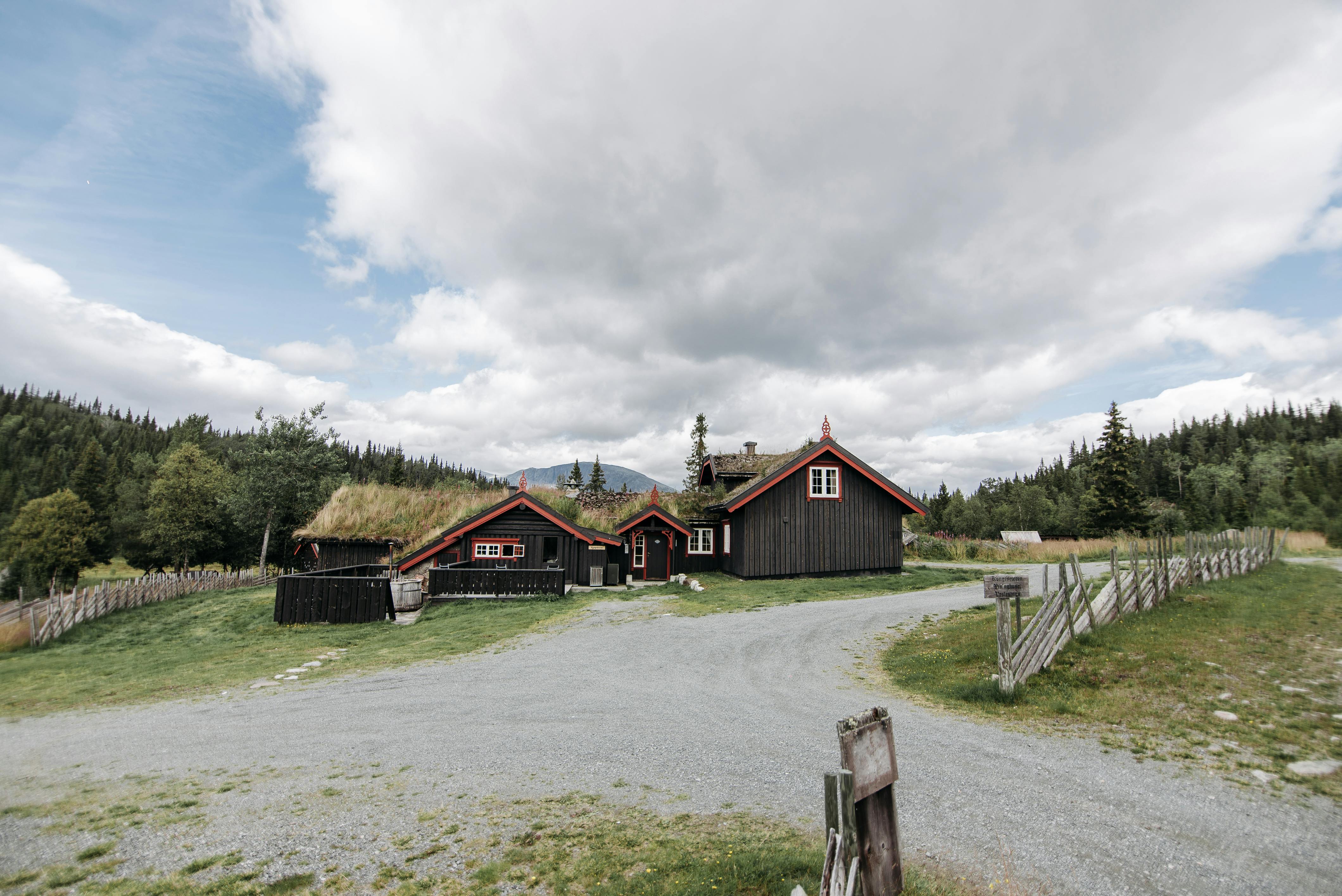How the US Air Force Lost Its Leather Bomber Jackets

With the invention of airplanes, a need was born: a way for pilots and their passengers to stay warm at high altitudes. As the development of flight technology skyrocketed during both world wars, leather bomber jackets and accompanying leather pants and even the leather flight cap became the standard. Fleece-lined leather jackets were issued to flight crews as standard.
After World War II, aeronautical engineering continued to advance in leaps and bounds, and the era of jet aircraft was soon born. By the mid-1950s, the leather bomber jacket was no longer a suitable garment for pilots and others who flew US Air Force aircraft.
It was all because of the new jet planes. These could fly at high altitudes. If the bulky and heavy jackets of the aviators became wet from the rain when they walked to the plane, the water would freeze at high altitudes. This made the airmen cold and unhappy. Also, the planes had a much more aerodynamic design than previous planes. There was no longer a place for bulky jackets in cramped cabins full of complicated equipment. Pilots and navigators needed to move easily around the cockpit and get in and out of it without impediment. USAF bigwigs began to view these classic garments as security risks.
Manufacturers were informed: what was required was a lightweight but warm jacket that would be suitable for flight crews operating the latest jet aircraft. The bell rang for bulky leather goods. Bomber jackets had become relics consigned to history.
The first manufacturers decided to try using cotton. The result was the B-15 jacket. This one had a wool collar with fur (sort of like fur), which was carried over from the previous B-10 leather bomber jacket. The B-15 did not last long because it was too light and did not keep flight crews warm. The B-15 was reinvented, this time made of nylon, and the fur collar was removed as it was found to interfere with the webbing in practice.
The next development after the B-15 nylon flight jacket was the MA-1 jacket. Designed for the US Air Force, the Intermediate Weight Flight Jacket, or MA-1, is constructed of high-quality nylon with polyester interlinings (quilting). This served a useful dual purpose. When it’s hot, the traveler can wear the jacket open and be comfortable. Upon entering the aircraft, the pilot could zip up the MA-1 and be as warm as toast at high altitude.
It was the MA-1 flight that succeeded in completely usurping the leather bomber jacket as a US Air Force issue. The first MA-1 jackets were issued around 1949 or 1950 to pilots and flight crews of the United States Air Force and Navy. Small numbers were also issued to Army flight personnel. While there have been many design modifications since then, primarily due to new textiles, new sewing techniques, or a new aircraft cabin design (most recently in the 1980s), the MA-1 flight jacket has become the standard in USAF flight jacket. keep reading
Midnight blue was the color originally used by the military for the MA-1 jackets, but was later changed to sage green, for camouflage purposes. During the Korean War (1950-1953), as various historical photographs attest, the leather bomber jacket was still present in the army. These fliers were often a motley crew. Some aviators still wore their beloved leather flight jackets, while others wore B-15 jackets and others blue or green MA-1 jackets.
Today, modern fashion MA-1s are available in a variety of colors, including traditional, and black, red, blue, silver, gray, and yellow. Original leather bomber jackets have become collector’s items, and there are some leather crafters who make beautiful replicas of the fleece-lined leather jackets of yesteryear.